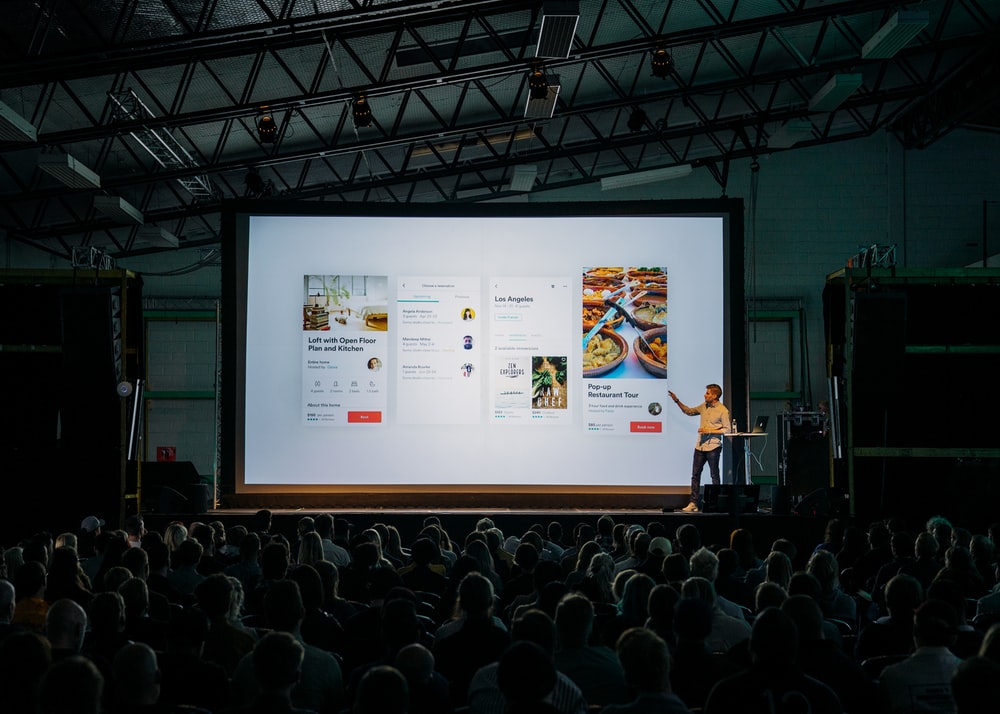
Source: Unsplash | Teemu Paananen
Concept testing is a key part of the product development process. It is the first time, after a large amount of creative input, that a concept is shown to the public for feedback. It’s crucial because it’s the first time an idea has had to survive outside of the company that created it. Feedback can often be unexpected in many areas, and can raise some serious questions about the future of a potential new product. Yet, it is crucial for the product development process. This combined with the creative process creates the foundation that a product can be built on. In this article, we will look at what needs to be considered when constructing this process. Touching upon how to learn from the previous step, and the key factors of concept testing.
Firstly, look back at the creative process. Ask yourself where problems occurred and possibly not resolved. The creative process could have been stalled by groupthink or other phenomena, public feedback is a great way to break through this groupthink, or at least see more clearly where it has happened within the process.
There are two main factors to consider when constructing the actual concept test itself. The structuring of the questions, and who will be surveyed. Firstly, surveys have to be constructed in such a way that there’s no biased weighting to the questions or the process that surrounds it. This means removing concepts of the brand and company that are related to the concept. With no mentioning of the brand/company within the question, there’s also a number of techniques that can be implemented to help ensure your questionnaire is free of any bias. To help with this, it can be worth considering outsourcing this process completely. This might be your company’s first time going through this process of product development. If so, then you might not have the adequate procedures set up to ensure the complete survey is free from bias. Plus, the specialisation of these market research groups can ensure the right questions are being asked.
Those who are being surveyed need to accurately represent your target market. It might be the case that your brand already has a general target market. Or it might be the case that understanding the specifics of the target market is something that could be answered within the creative process. Whether or not the target market has been specified by the brand or creative process, surveying a broad range of demographics can further help to identify the true target market.

